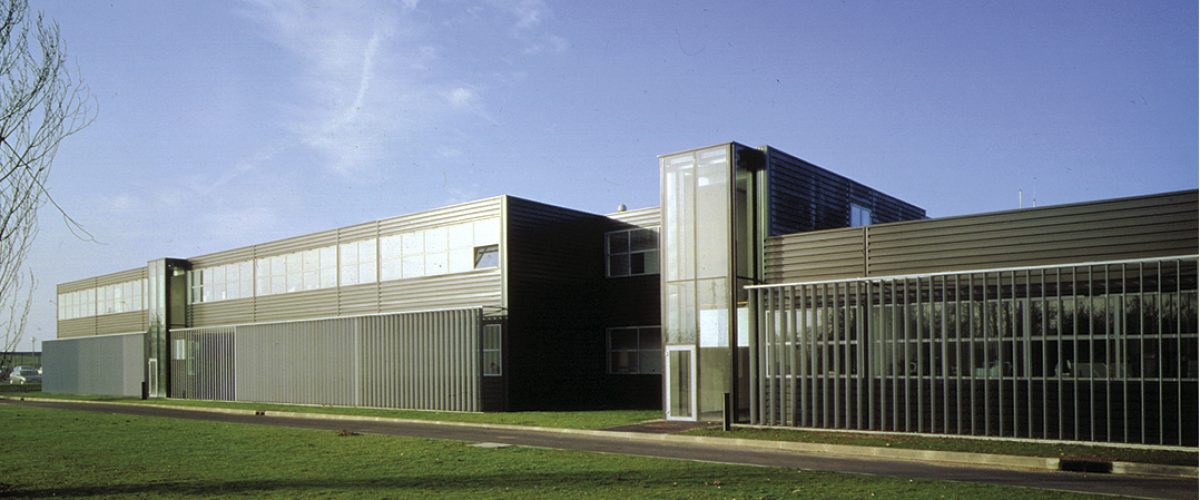21-10-2022

Ecoulement et rupture d'aciers inoxydable austénitiques à des températures cryogéniques, des expériences aux simulations
Flow and fracture of austenitic stainless steels at cryogenic temperatures: experiments and simulations
In this seminar, the current status of an on-going comprehensive characterization of the flow and fracture behaviors of AISI 304L and AISI 316LN stainless steel grades at liquid nitrogen temperature (77 K) and at liquid helium temperature (4 K) is presented.
The microstructural evolution and plastic flow have been obtained from tensile experiments under quasi-static loading conditions. The content of strain-induced martensite has been determined at different levels of deformation using magnetic induction, electron backscatter diffraction and quantitative light optical micrography in a post-mortem analysis. Mode I elastic-plastic fracture toughness tests have been performed according to the “resistance curve procedure" (ASTM-E1820-20a, 2020), and four different methods have been used for the calculation of the crack-growth resistance curves. Post-mortem microstructural analysis of the specimens near the fracture surface has been carried out to reveal the content of martensite.
Furthermore, a dedicated constitutive model for the evolving bi-phase material based on a Hill-type incremental formulation is also presented. Different versions of the model depending on the selected mean-field homogenization scheme, Mori-Tanaka or self-consistent approach, and on different transformation kinetic laws have been implemented. For each individual phase a mixed kinematic-isotropic nonlinear hardening model is used. Material parameters have been identified using the aforementioned experimental data (the transformation kinetic law being fully coupled with the homogenization approach). The models have been implemented in ABAQUS/Standard and simulations of fracture toughness tests are being performed.
The comparison between experiments and finite elements aims at providing new insights into the role of martensitic transformation in the fracture behavior of austenitic stainless steels at cryogenic temperatures.
